Experienced Attorneys Assisting Hoverboard Injury Victims throughout MA & RI
Hoverboards were one of the most popular Christmas gifts in 2015, for kids and adults. But they have come under intense scrutiny for two startling reasons: 1) potential fire hazards when charging these devices, and 2) personal injuries resulting from falls and collisions.
What is a Hoverboard?
A hoverboard is a self-balancing scooter on which you stand with two feet facing forward without handlebars. The board hovers on one or two wheels and can move up to 10 miles per hour.
Fire Hazard in Hoverboards
In December 2015, on the brink of major holiday sales, Amazon pulled nearly all of its hoverboard models in the U.S. and U.K. off the market after reports that certain two-wheeled versions were exploding or catching fire. Amazon asked purchasers to throw out their hoverboards and started refunding customers’ money in the U.K. It was reported that boards’ lithium ion batteries were overcharging, leading to the fires and explosions. Following this dramatic move, the U.S. Postal Service announced they would stop shipping hoverboards by air and would only deliver via ground transportation, again reciting safety concerns with the lithium ion batteries. Major U.S. airlines prohibited fliers from carrying hoverboards in carry-ons or checked baggage. At least 20 U.S. universities and colleges banned hoverboards from their campuses or campus buildings.
The Consumer Products Safety Commission (CPSC) is investigating at least 22 hoverboard fires from across the country.
Safety Hazard in Hoverboards
 Safe use of hoverboards is also a serious concern. As of late December 2015, the CPSC had received 70 reports of emergency room visits for fall and collision injuries from hoverboards. Locally, Rhode Island hospitals saw 7 emergency room visits in the week after Christmas for hoverboard injuries.
Safe use of hoverboards is also a serious concern. As of late December 2015, the CPSC had received 70 reports of emergency room visits for fall and collision injuries from hoverboards. Locally, Rhode Island hospitals saw 7 emergency room visits in the week after Christmas for hoverboard injuries.
Even before the fire risk became public, New York City had banned the use of hoverboards on its streets, highways, parking lots, and sidewalks, with the threat of a $200 fine for violators, though questions remained as to whether hoverboards fell within the legal definition of banned devices. A new California law effective January 1, 2016, allows hoverboards on public roadways but requires riders to be 16, wear a helmet, and not ride under the influence of alcoholic beverages or drugs.
CPSC Investigation of Hoverboards
The CPSC is currently investigating hoverboards, and reports:
- It is investigating devices purchased in the marketplace as well as those that caught fire;
- It has received reports of dozens of emergency room injuries resulting from falls, including concussions, fractures, contusions/abrasions, and internal organ injuries;
- It recommends wearing a helmet and the same protective padding as when using a skateboard;
- There are no safety standards currently in place which creates concerns about the use of these devices; and
- Recommendations for charging hoverboards in the interim include: not charging the hoverboard overnight, not charging it until an hour after use so it can cool first, and not fully charging the device before giving it as a gift.
Hoverboards and Legal Claims
You may have a legal claim because a hoverboard caused you injury from a fire, explosion, or fall. This would be a product liability claim against the manufacturer, its distributor, and seller. Or you may have a legal claim because someone riding a hoverboard crashed into you and caused your injuries. This would be a negligence or personal injury claim. We can help define what type of claim you may have.
Contact the Bottaro Law Firm, LLC Today
At the Bottaro Law Firm, LLC, we represent clients every day who suffer personal injuries from accidents and hazardous products. Contact our personal injury and product liability lawyers today to discuss your case and what kind of compensation you deserve.

